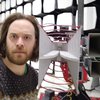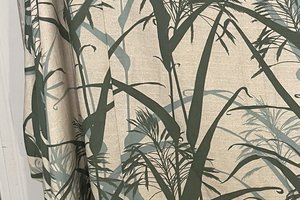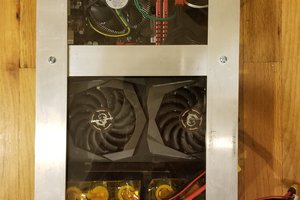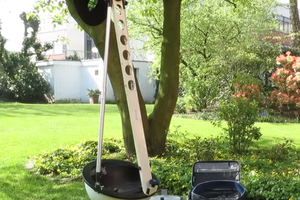Project is to demonstrate possibility.
I bought lighter magnets after my initial attempt to build the rotor was too heavy. The new magnets will be much lighter, and they will not overload the bearings, a main concern. I had also used fiberglass resin to encase the rotor. The core was steel, and the thing was much too heavy. Next attempt will add little more than a pound of weight.
I want to try axial coupling of flat magnets to windings held by heavy paper finished with shellac. Magnets could be epoxied to an aluminum rotor. It is crucial to achieve a balanced, and light rotor. The form of the windings should ideally be consistent, and reproducible so as to permit a small gap with the rotor. This is essentially the engineering achievement I want to bring to manufacturing.
It is necessary to use a precision stencil for magnet placement. As well, the paper-shellac core must be drawn and cut to close tolerance for optimal placement of windings.
 C. Prichard
C. Prichard


 David Matthew Mooney
David Matthew Mooney
 ServError
ServError
 Vijay
Vijay
 Andrea Console
Andrea Console
If you're talking about these:
... I'd be careful not to load it down too much, as the turbine needs to be able to rotate in minimal breeze to effectively ventilate the attic space. These units are installed when ridge/soffit vents aren't practical, and need to rotate freely to prevent attics from overheating (which can, among other things, damage shingles).